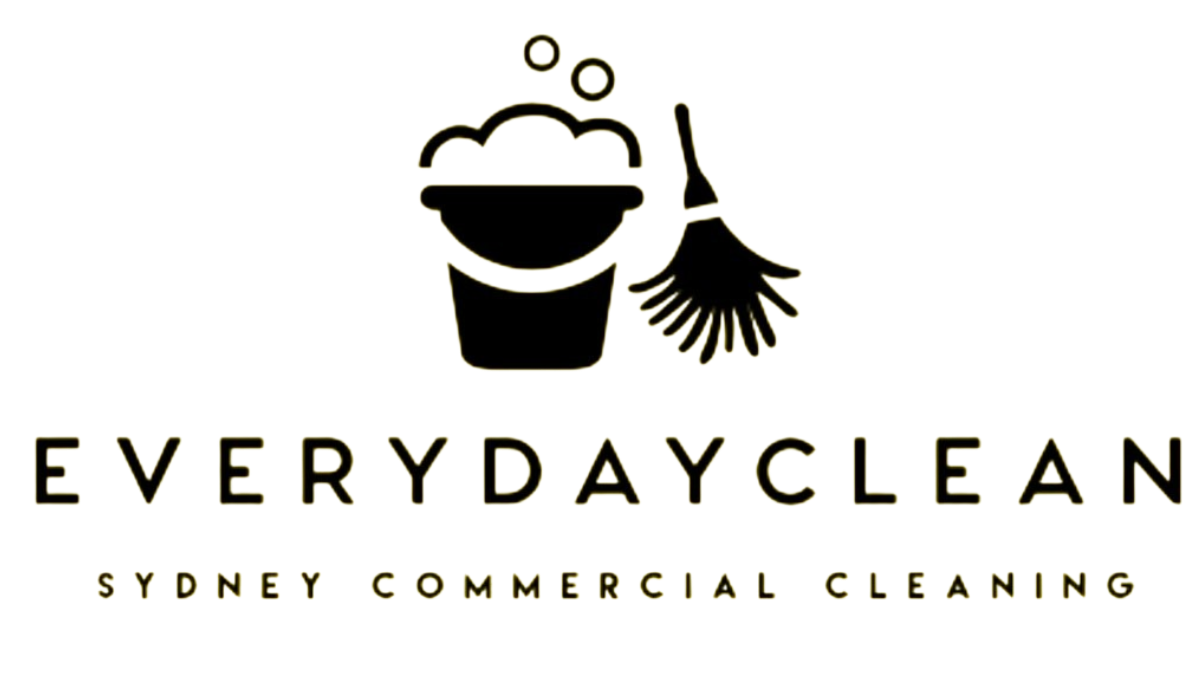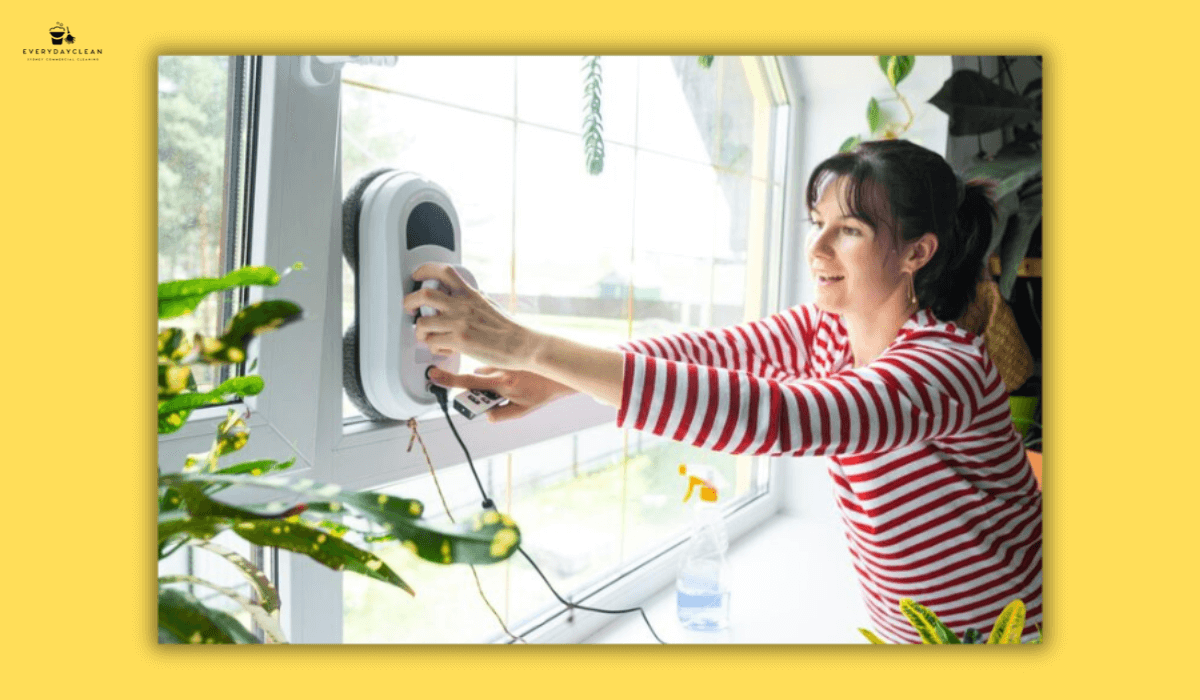Top 10 Professional Carpet Cleaning Steps: Full Process Guide
Professional carpet cleaning steps follow a structured sequence designed to eliminate embedded soil, lift stains, restore fibre texture, and leave carpets refreshed and hygienic. These steps are not just about appearance—they directly affect carpet lifespan, indoor air quality, and cleanliness standards in both residential and commercial spaces.
This article outlines the entire cleaning workflow used by professional technicians, based on Australian industry best practices. From room preparation and soil extraction to steam cleaning and drying, each stage plays a vital role in delivering safe, efficient results that outperform DIY alternatives.
The 10 Core Steps of Professional Carpet Cleaning
Professional cleaning follows a consistent method to ensure quality and hygiene at every stage. Below is a step-by-step breakdown of how experts approach carpet cleaning during service appointments.
1. Pre-Inspection of Carpet Condition
Before any cleaning begins, technicians assess carpet fibre type, installation quality, soil load, and any visible staining. This inspection determines which methods and products will be safe and effective, especially for wool or blended fibres that require temperature or moisture control.
2. Furniture Handling and Area Preparation
Light furniture is carefully moved, while heavier items may be protected with sliders or foil tabs. Edge guards or plastic barriers are also placed to protect walls and flooring. The aim is to create a safe, accessible workspace while minimising disruption.
3. Dry Soil Extraction (Vacuuming)
A powerful commercial vacuum is used to remove dry soil, pet hair, dust, and loose debris. This step is essential to prevent soil from becoming mud during wet cleaning stages. Professional vacuums feature rotating brushes and HEPA filtration for maximum effectiveness.
4. Pre-Spray and Specialised Spot Treatment
A pre-conditioning spray is applied to loosen embedded grime. Technicians may also use targeted spotters on high-traffic lanes or stained areas. Common solutions include enzyme-based cleaners for organic stains and solvent-based spotters for grease or ink.
5. Mechanical Agitation for Product Penetration
To maximise detergent coverage, agitation tools—either grooming rakes or mechanical brush machines—are used. This ensures cleaning agents reach the carpet base and fully interact with the soil.
6. Hot Water Extraction (Steam Cleaning)
This primary cleaning method involves injecting hot water and a rinse solution into the carpet, then immediately extracting it using a high-powered vacuum system. The process lifts soil, allergens, and detergent residues simultaneously, cleaning deep within the fibres.
7. Post-Clean Stain Re-Treatment (If Needed)
If any stains remain, further targeted treatments are applied. For instance, oxidisers may be used on red wine, while specialised urine neutralisers address pet-related contamination. This step varies depending on the carpet’s response during extraction.
8. pH Balancing and Residue Neutralisation
A mild acidic rinse is often applied to restore the carpet’s natural pH. This prevents sticky residue that can attract dirt post-cleaning and ensures the carpet feels soft, not crunchy or stiff.
9. Drying Acceleration and Moisture Control
Excess moisture is removed using a final vacuum pass. Air movers or turbo dryers may also be used to speed up drying, particularly in humid or poorly ventilated areas. Average drying times range from 2 to 6 hours, depending on airflow and carpet density.
10. Final Grooming and Walkthrough Inspection
Grooming resets the carpet pile for a uniform finish and improved drying. Technicians then inspect the area, ensure satisfaction, and provide aftercare instructions such as when to resume foot traffic or reposition furniture.
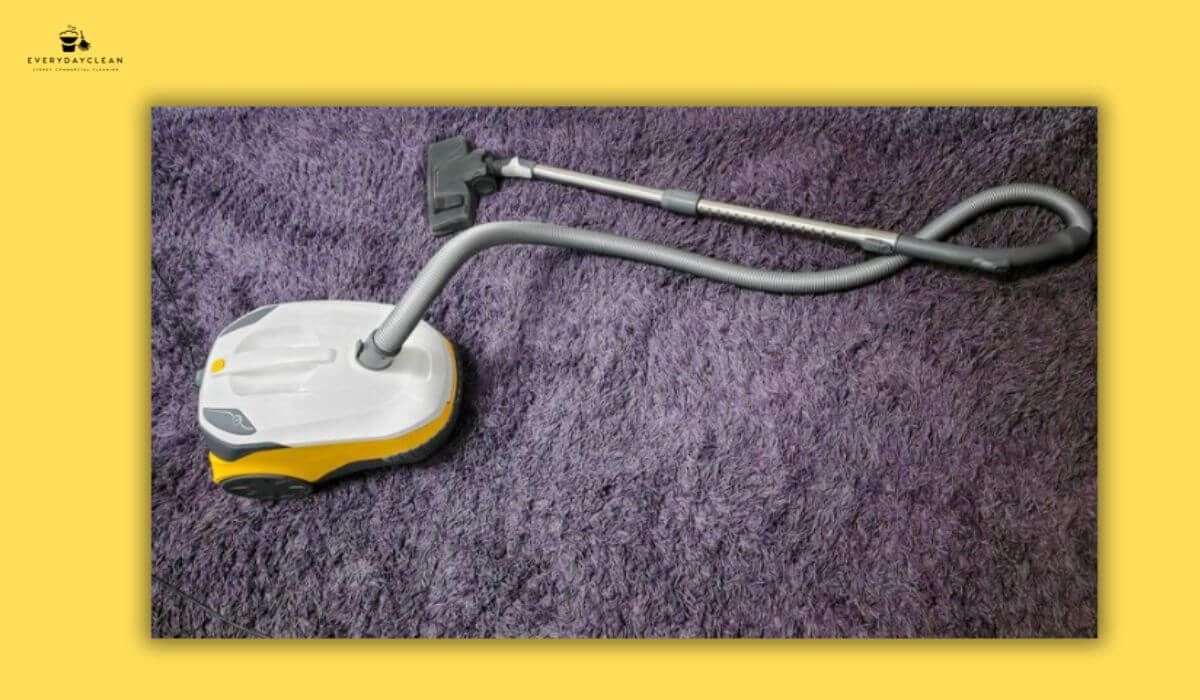
What Types of Equipment Are Used in Professional Carpet Cleaning?
The effectiveness of each step is closely tied to the tools used. Rather than consumer-grade machines, professionals rely on high-capacity, commercial systems that allow deeper cleaning with better temperature and moisture control.
Here is a brief transition into key equipment types used across services:
| Equipment Type | Function |
|---|---|
| Truck-mounted extractors | High heat and suction for deep cleaning |
| Portable hot water units | Flexible cleaning in high-rise or tight areas |
| HEPA vacuums | Removes allergens, pet hair, and dry soil |
| Agitation machines (CRB) | Lifts embedded soil and pre-spray distribution |
| Air movers/dryers | Accelerate post-cleaning carpet drying |
These tools contribute to outcomes that are difficult to match through household machines or rental units—similar to the difference seen when learning how to clean windows streak-free using professional-grade versus DIY methods.
How Long Does Carpet Take to Dry After Professional Cleaning?
Drying time depends on factors such as:
- Carpet thickness
- Indoor humidity
- Ventilation and air movement
On average, carpets dry within 2 to 6 hours after hot water extraction. Technicians often advise:
- Leaving windows open (weather permitting)
- Running fans or AC for airflow
- Avoiding furniture placement until fully dry
Fast, even drying prevents odours and reduces the chance of mould growth in the underlay.
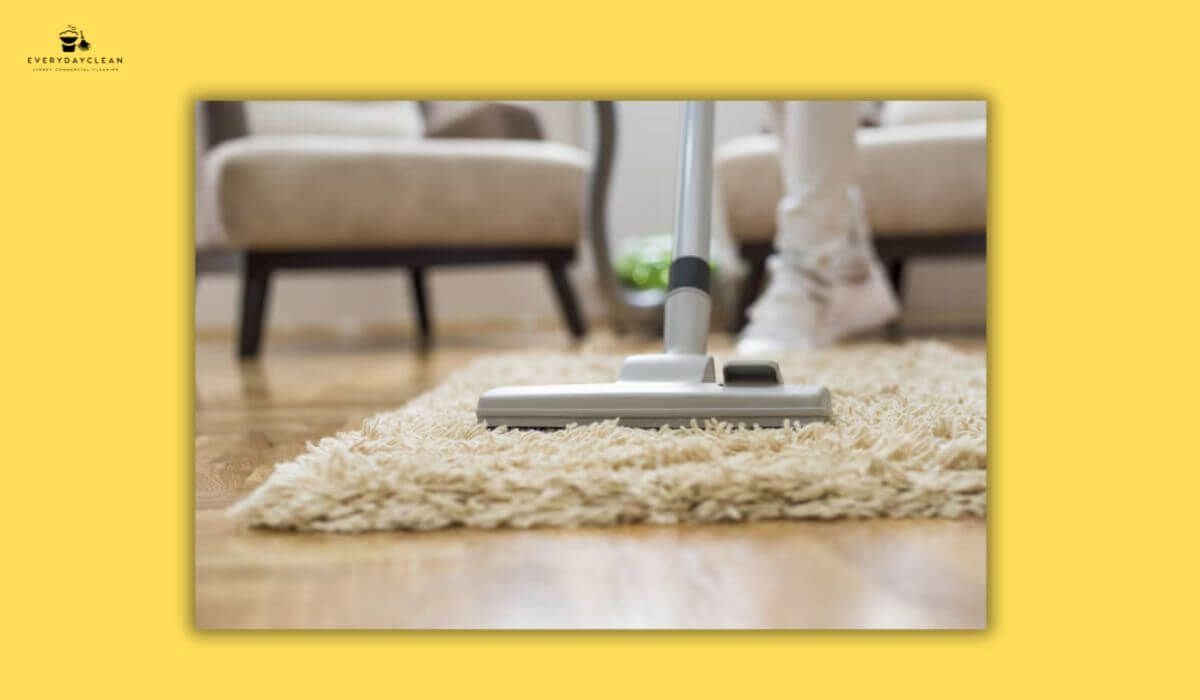
What’s the Difference Between Hot Water Extraction and Dry Carpet Cleaning?
Different methods are used depending on the environment, carpet type, and time constraints. Understanding how they compare helps determine the right fit for each cleaning scenario.
The table below outlines the key differences:
| Feature | Hot Water Extraction | Dry Carpet Cleaning |
|---|---|---|
| Moisture Level | High | Low |
| Drying Time | 2–6 hours | 1 hour or less |
| Cleaning Depth | Deep fibre penetration | Surface-level |
| Ideal For | Residential, deep cleans | Commercial, frequent touch-ups |
| Equipment Used | Steam extractor, wand | Low-moisture machines, pads |
Professionals often recommend hot water extraction for homes and allergy-prone environments, and dry methods for offices or quick-turnover venues.
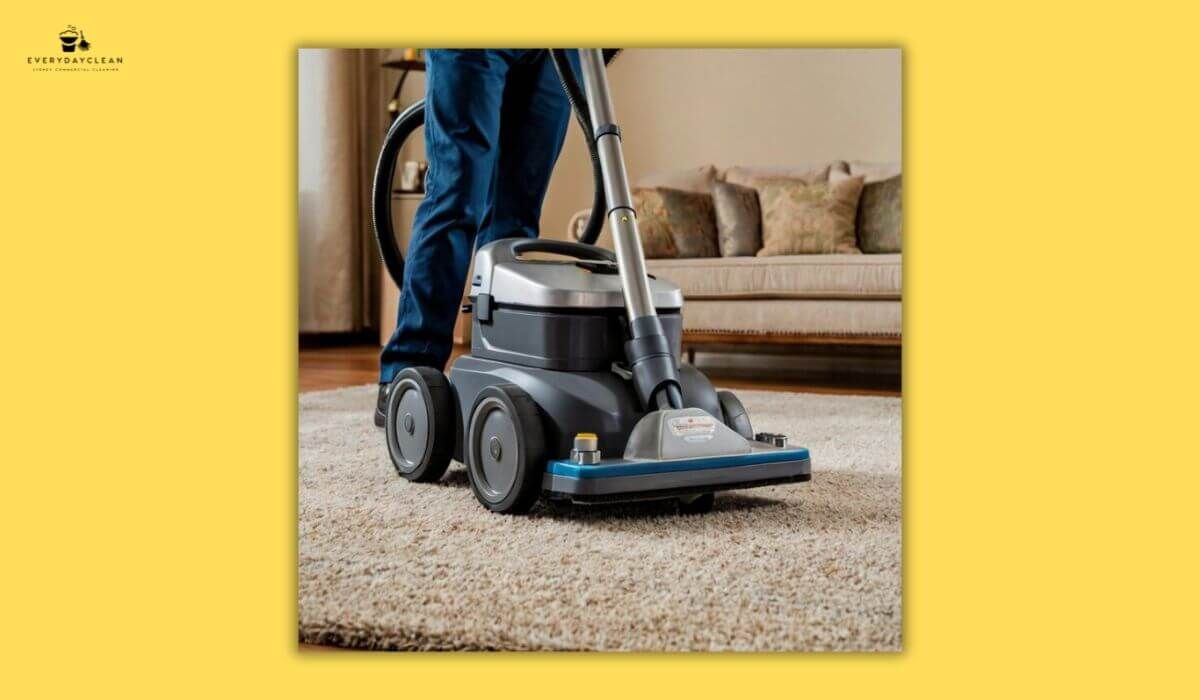
FAQs About Professional Carpet Cleaning Steps
To provide even more clarity, below are answers to common high-intent questions from users researching professional carpet cleaning methods.
How do technicians prepare a room before carpet cleaning?
Professionals begin by inspecting the carpet and removing light furniture. Items like sofas or chairs are shifted to provide full access to the carpeted area. Edges and walls are protected using plastic corner guards or cloths. Any fragile items are moved or covered. This preparation helps ensure both thorough cleaning and protection for the surrounding space.
What cleaning products are typically used during professional services?
Technicians use a combination of pre-sprays, rinse agents, spot treatments, and pH balancers. These may include enzyme cleaners for pet stains, surfactant-rich detergents for general soiling, and neutralisers to eliminate residue. All products are selected based on the carpet type, soil condition, and specific stains present. Many providers now use eco-certified or low-toxicity solutions.
Can professional cleaning remove long-standing stains like coffee or ink?
Yes. While no service can guarantee full removal of old, set-in stains, professional carpet cleaners have access to advanced spot treatment solutions and agitation methods that significantly improve results. These include oxidising agents, solvents, and heat-boosted applications. Success depends on the stain type, how long it has been present, and any prior DIY attempts.
How often should carpets be professionally cleaned?
Residential carpets should typically be cleaned every 6 to 12 months, depending on foot traffic, presence of pets, or indoor air quality concerns. In commercial environments or rentals, quarterly cleaning may be appropriate. Regular cleaning extends carpet life and ensures compliance with health standards, particularly in high-use areas.
Does professional carpet cleaning extend the life of carpeting?
Yes. By removing abrasive soil and neutralising pH levels, professional cleaning prevents premature fibre wear, matting, and microbial buildup. Carpets stay cleaner for longer and require fewer replacements. Consistent service schedules also reduce the risk of permanent stains, odours, or structural underlay damage.
Book Professional Carpet Cleaning in Sydney with Everyday Clean
Everyday Clean offers fully certified professional carpet cleaning services across Sydney, using industry-grade equipment and eco-friendly cleaning agents. From stain removal and steam extraction to post-service care, every step is completed with precision, compliance, and attention to detail.
Get in touch today to schedule a professional carpet cleaning service tailored to your space. Learn more about our full-service solutions at Everyday Clean.
Author: Everyday Clean Content Team
Everyday Clean is Sydney’s trusted provider of commercial cleaning solutions, including pools, gyms, offices, and strata properties. Our licensed professionals use advanced, eco-friendly equipment to deliver safe, compliant, and spotless results. With deep experience across Sydney’s hospitality, fitness, and residential sectors, we help facilities maintain inviting, healthy environments that guests trust.
